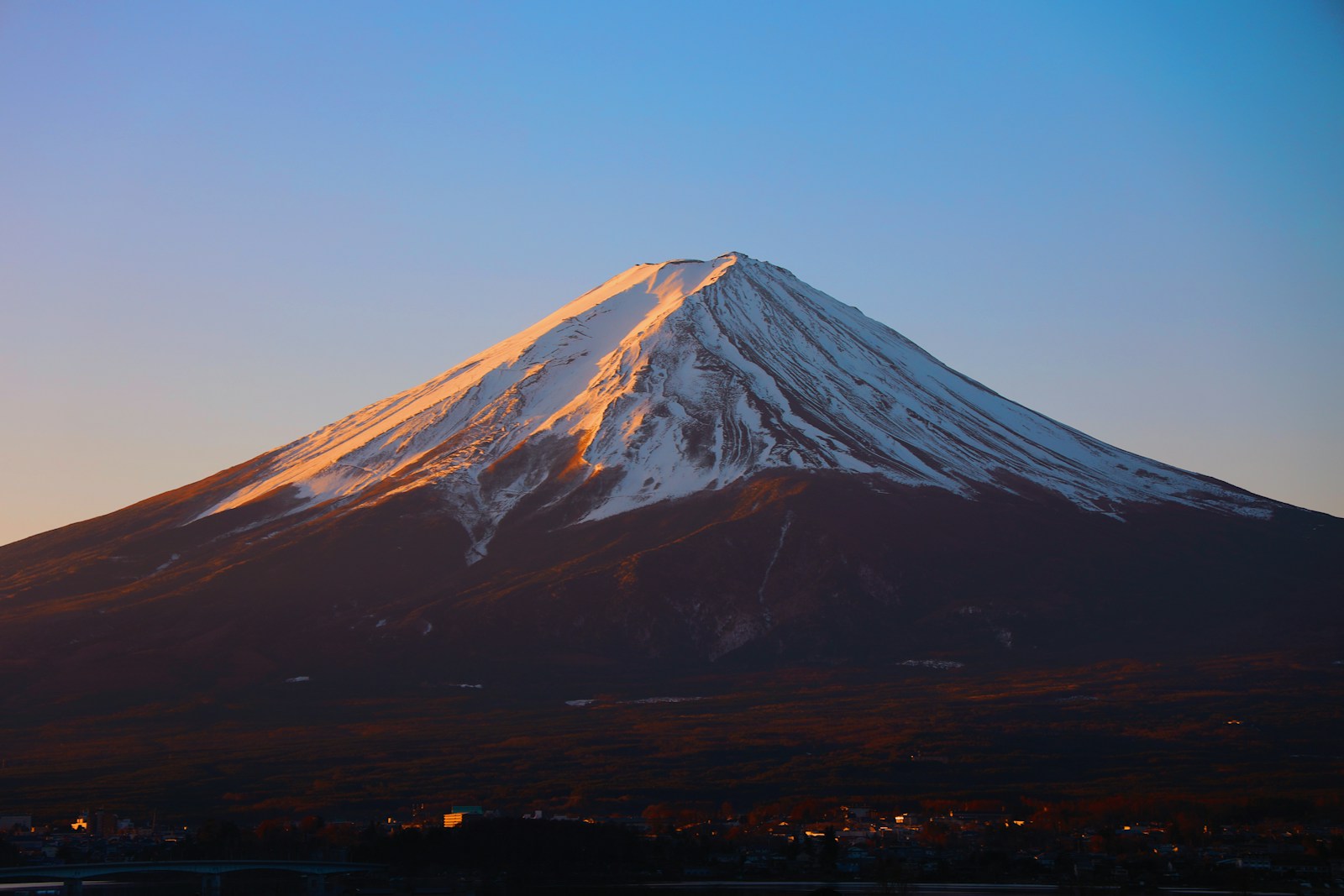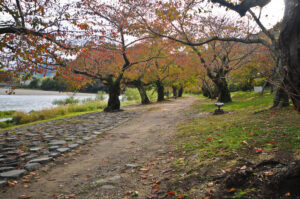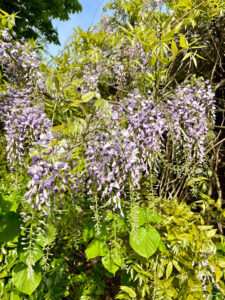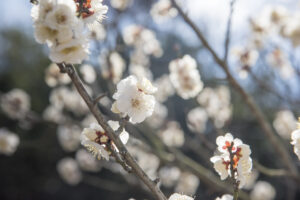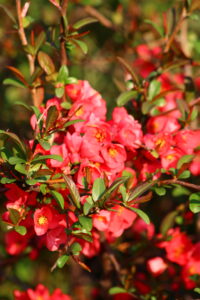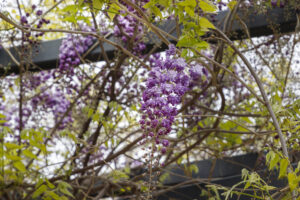Mount Fuji, the iconic symbol of Japan, stands as a majestic testament to nature’s artistry. Towering at 3,776 meters, it is not only the highest mountain in Japan but also an active stratovolcano that last erupted in the early 18th century. Known for its near-perfect symmetrical cone, which is snow-capped for about five months a year, Mount Fuji has been the subject of adoration and reverence throughout Japanese history. This article delves into the multifaceted aspects of Mount Fuji, exploring its natural beauty, cultural significance, and the myriad experiences it offers to those who venture near it.
Exploring Japan’s Crowning Jewel: Mount Fuji
Mount Fuji is not just a mountain; it is a phenomenon that encapsulates the beauty and spirit of Japan. Located on Honshu Island, it is visible from Tokyo on a clear day, offering an awe-inspiring backdrop to the bustling city. The mountain has been designated a UNESCO World Heritage Site, not only for its stunning natural beauty but also for its cultural significance. Visitors to Mount Fuji can explore the surrounding five lakes, numerous caves, and the historic Fujisan Hongu Sengen Taisha Shrine at the base. Ascending the mountain, one encounters different worlds at each elevation, from lush forests at the base to barren, snow-covered slopes near the summit.
The Spiritual Significance of Mount Fuji
Mount Fuji holds a profound place in Japanese spiritual and cultural life. It has been considered sacred since ancient times, associated with the goddess Sengen-Sama and believed to be a gate to another world. Many pilgrims climb Mount Fuji as a form of spiritual purification, and there are numerous shrines and temples dotting its slopes. The mountain’s presence is so powerful that it has inspired a religious practice known as Fujiko, which involves ascetic practices such as fasting and climbing the mountain. The awe-inspiring view from the summit, where climbers can witness the sunrise, is seen as a spiritual awakening by many.
Mount Fuji: A Hiker’s Paradise Explored
For hikers and outdoor enthusiasts, Mount Fuji presents an irresistible challenge. The mountain has four main climbing routes: Yoshida, Subashiri, Gotemba, and Fujinomiya, each offering unique views and experiences. The climbing season officially runs from early July to early September, when the weather is most favorable, and the mountain huts are open for climbers. The ascent can take anywhere from 5 to 10 hours, and many opt to climb overnight to witness the breathtaking sunrise from the summit. While the climb is strenuous, the sense of achievement coupled with the majestic views makes it a bucket-list experience for many.
The Flora and Fauna of Mount Fuji’s Slopes
Mount Fuji’s diverse ecosystems are home to a wide variety of flora and fauna. The lower slopes are covered with dense forests, hosting species such as the Japanese maple and the majestic Fuji cherry trees, which bloom spectacularly in the spring. As one ascends, vegetation becomes sparser, giving way to alpine plants and grasses. The mountain is also home to wildlife, including deer, rabbits, and foxes, as well as a variety of bird species. The changing seasons bring different aspects of Mount Fuji’s natural beauty to life, from vibrant autumn leaves to the delicate blooms of spring.
Climbing Seasons: Best Times to Visit Mount Fuji
The best time to climb Mount Fuji is during the official climbing season, from July to early September. During these months, the weather is relatively mild, and the risk of snow and severe cold is minimal. Additionally, the mountain huts, offering food, rest, and shelter, are operational. For those not inclined to climb, the spring (late April to May) and autumn (September to November) months offer stunning views of Mount Fuji’s snow-capped peak amidst cherry blossoms or autumn colors. However, visitors should be prepared for the weather, as conditions can change rapidly on the mountain.
Mount Fuji’s Influence on Japanese Art and Culture
Mount Fuji has profoundly impacted Japanese art and culture, symbolizing beauty, strength, and tranquility. It has been depicted in countless works of art, most famously in the woodblock print series "Thirty-six Views of Mount Fuji" by Hokusai. These iconic images have helped embed Mount Fuji in the national consciousness as a symbol of Japan. Beyond art, Mount Fuji appears in literature, poetry, and even contemporary media, embodying the spiritual and natural beauty of Japan. Its image is ubiquitous, appearing on everything from postcards to company logos, illustrating its deep-rooted significance in Japanese culture.
Preserving the Natural Splendor of Mount Fuji
The preservation of Mount Fuji’s natural beauty is a priority for both the Japanese government and environmental groups. The area faces challenges from pollution, litter, and erosion due to its popularity among tourists and climbers. Efforts to maintain the mountain include strict regulations on waste disposal, conservation initiatives, and sustainable tourism practices. Visitors are encouraged to respect the natural environment, adhering to the principle of "leave no trace" to ensure that Mount Fuji remains a pristine and inspiring destination for future generations.
The Geology of Mount Fuji: An Overview
Mount Fuji is an active stratovolcano, formed through layers of lava, ash, and rock from repeated eruptions over thousands of years. Its last eruption occurred in 1707, known as the Hōei Eruption, which covered Edo (now Tokyo) in ash. The mountain’s perfectly symmetrical shape is the result of its relatively recent formation and the nature of its eruptions. Geological studies of Mount Fuji help scientists understand volcanic activity and monitor potential future eruptions, ensuring the safety of the surrounding areas.
Navigating the Trails: Tips for Mount Fuji Climbers
Climbing Mount Fuji requires preparation and respect for the mountain. It’s essential to check the weather forecast, bring appropriate gear, and be physically prepared for the strenuous climb. Staying hydrated, acclimatizing to the altitude, and pacing oneself are crucial. Climbers should also respect the cultural significance of the mountain, staying on designated trails and respecting the natural environment. With careful planning and respect, the climb can be a rewarding experience, offering breathtaking views and a profound sense of accomplishment.
The Impact of Tourism on Mount Fuji’s Environment
The popularity of Mount Fuji as a tourist destination has led to environmental concerns, including littering, trail erosion, and habitat disruption. Efforts to mitigate these impacts include the implementation of a climbing fee, used for conservation and maintenance efforts, and educational campaigns to promote responsible tourism. Balancing the needs of tourists with the preservation of Mount Fuji’s natural and cultural heritage is an ongoing challenge, requiring cooperation between visitors, conservationists, and government authorities.
Viewing Spots: Where to See Mount Fuji in Full Glory
For those who wish to admire Mount Fuji without the climb, there are numerous viewing spots across the region. The Fuji Five Lakes (Fujigoko) area offers spectacular views, with Lake Kawaguchiko being a popular spot for photographers. The Chureito Pagoda is another iconic location, offering a stunning view of Mount Fuji with the pagoda in the foreground. For a unique perspective, visitors can take a cruise on Lake Ashi or ride the Hakone Ropeway, which offers panoramic views of the mountain and surrounding landscape.
Mount Fuji in Literature: A Symbol of Beauty and Power
Mount Fuji has long been a source of inspiration in Japanese literature, symbolizing both the transient beauty of nature and the enduring strength of the Japanese spirit. From ancient poetry to contemporary novels, the mountain appears as a central figure, reflecting the changing seasons and the human condition. The works of Matsuo Bashō, one of Japan’s most famous poets, include references to Mount Fuji, exemplifying its deep cultural and spiritual significance. The mountain’s majestic presence continues to inspire writers and artists, contributing to its status as an enduring symbol of Japan.
Mount Fuji, with its unparalleled natural beauty and deep cultural significance, remains one of Japan’s most cherished treasures. A symbol of endurance, tranquility, and awe-inspiring beauty, it draws visitors from around the world, offering them a glimpse into Japan’s natural wonders and spiritual heritage. Whether viewed from a distance or experienced up close, Mount Fuji continues to captivate and inspire, embodying the very essence of Japan’s natural and cultural landscape. The collective efforts to preserve its splendor ensure that future generations will continue to be inspired by this majestic mountain, which stands as a timeless testament to the beauty of the natural world.
